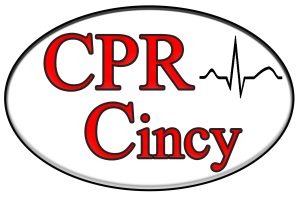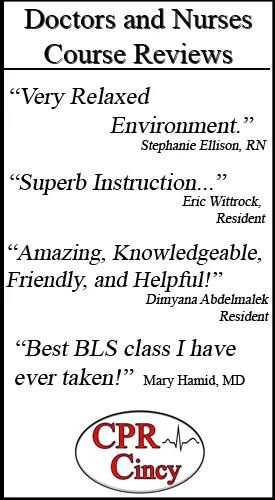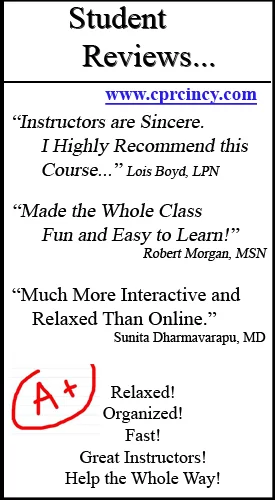CPR Training Instructors play a pivotal role in equipping individuals with life-saving skills, ensuring they’re prepared to respond to emergencies effectively. As a certified instructor, you have the opportunity to empower others and make a meaningful impact on their ability to save lives.
The American Heart Association (AHA) is a renowned organization that offers comprehensive CPR training programs. Obtaining certification from the AHA is highly regarded and opens doors to various teaching opportunities. This article aims to guide aspiring instructors through the process of becoming a certified AHA CPR Training Instructor. From understanding the requirements to passing the certification exam and maintaining certification, we’ll cover everything you need to know to embark on this rewarding journey.
Understanding the Requirements
To become an AHA CPR Training Instructor, certain prerequisites must be met. These typically include holding current CPR certification, Basic Life Support (BLS) certification, and having relevant healthcare provider experience. Educational background and qualifications are also crucial. While specific requirements may vary, most AHA training centers look for candidates with a minimum level of education and professional experience in healthcare or a related field.
Additionally, familiarity with AHA guidelines and curriculum is essential. Prospective instructors should have a thorough understanding of AHA protocols and be able to effectively teach these concepts to others.
Enrolling in Instructor Courses
Finding AHA-accredited training centers is the first step in the enrollment process. The AHA website offers a searchable database of authorized training centers, making it easy to locate options in your area. Instructor courses typically come in various options and specializations, catering to different preferences and career goals. Whether you’re interested in teaching Basic Life Support (BLS), HeartSaver courses, or specialized CPR programs, there’s a course suited to your needs. The registration process may vary depending on the training center and course selected. Be prepared to pay registration fees, which cover course materials, instructor resources, and certification exam costs.
The Training Process
Instructor courses are designed to provide comprehensive training in teaching CPR and related skills. The course structure and duration may vary but generally include both classroom instruction and hands-on training sessions. Hands-on training is a crucial component of the instructor course, allowing participants to practice teaching CPR techniques under the guidance of experienced instructors.
Learning aids and resources provided during the course include instructor manuals, presentation materials, and access to online resources. These tools are invaluable for preparing instructors to deliver effective training sessions. Instructor mentorship and evaluation are integral parts of the training process. Experienced instructors provide guidance and feedback to help aspiring instructors develop their teaching skills.
Mastering Teaching Techniques
Effective communication is essential for delivering CPR training. Instructors must be able to convey information clearly and engage learners effectively. Classroom management skills are also crucial. Instructors should create a supportive learning environment and manage group dynamics to ensure optimal learning outcomes.
Demonstrating CPR techniques accurately is a fundamental aspect of teaching CPR. Instructors must be proficient in performing CPR themselves and capable of teaching others how to do so correctly. Providing constructive feedback to learners is another essential teaching skill. Instructors should offer encouragement and guidance to help learners improve their CPR skills.
Passing the Certification Exam
The certification exam typically consists of a written component and a practical skills assessment. Candidates must demonstrate proficiency in both areas to pass the exam. The written exam assesses candidates’ knowledge of CPR concepts, AHA guidelines, and teaching principles. Studying course materials and practicing sample exam questions can help prepare for this component.
The practical skills assessment evaluates candidates’ ability to perform CPR techniques accurately and effectively. Practice and feedback during the training course are crucial for success in this component. Tips for success include thorough preparation, staying calm under pressure, and practicing CPR techniques regularly to maintain proficiency.
Maintaining Certification
Continuing education is a requirement for maintaining certification as an AHA CPR Training Instructor. Instructors must complete specified continuing education credits and renewal courses to keep their certification current. The renewal process and timelines may vary depending on the certification level and training center. It’s essential to stay informed about renewal requirements and plan accordingly.
Staying updated with AHA guidelines and changes is essential for maintaining certification. Instructors should regularly review updates from the AHA and participate in professional development opportunities to stay current in their practice.
Career Opportunities and Advancement
Certified AHA CPR Training Instructors have various job prospects in healthcare, education, and community organizations. They may work in hospitals, schools, training centers, or as independent instructors.
Advancement paths and specializations are available for instructors seeking to further their careers. This may include becoming an AHA Training Center Faculty or pursuing specialized instructor certifications. Certified instructors play a significant role in improving healthcare and community safety. By empowering others with life-saving skills, they contribute to building more resilient and prepared communities.
Becoming a certified AHA CPR Training Instructor is a rewarding endeavor that requires dedication, skill, and ongoing commitment to excellence. Aspiring instructors are encouraged to pursue their training with enthusiasm and diligence, knowing that they play a vital role in equipping others with life-saving skills.
Conclusion
Becoming a Certified AHA CPR Training Instructor is a rigorous yet rewarding process that equips individuals with the knowledge and skills to save lives. By completing the comprehensive training program, you will join the ranks of highly skilled instructors who play a crucial role in empowering communities with the lifesaving techniques of CPR and first aid.
The AHA’s training curriculum is designed to ensure the highest standards of instruction, providing you with the tools and confidence to effectively teach essential lifesaving skills. From mastering the proper techniques for chest compressions and rescue breaths to navigating emergency scenarios, the training prepares you to become a trusted and reliable source of CPR education.
At CPR Cincinnati, the premier AHA training site in the area, you will have the opportunity to hone your instructional abilities and gain hands-on experience in a supportive and nurturing environment. With stress-free classes and a team of dedicated professionals, you can embark on this journey with the assurance of receiving the best CPR training in Cincinnati.
Becoming a Certified AHA CPR Training Instructor is more than just a credential; it’s a calling to make a tangible difference in people’s lives. By joining this exclusive community, you will have the power to equip individuals with the knowledge and confidence to act quickly and effectively during medical emergencies, ultimately saving precious lives.





